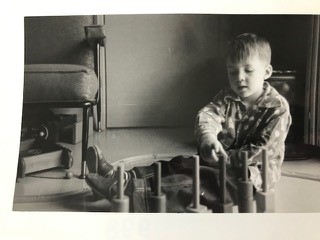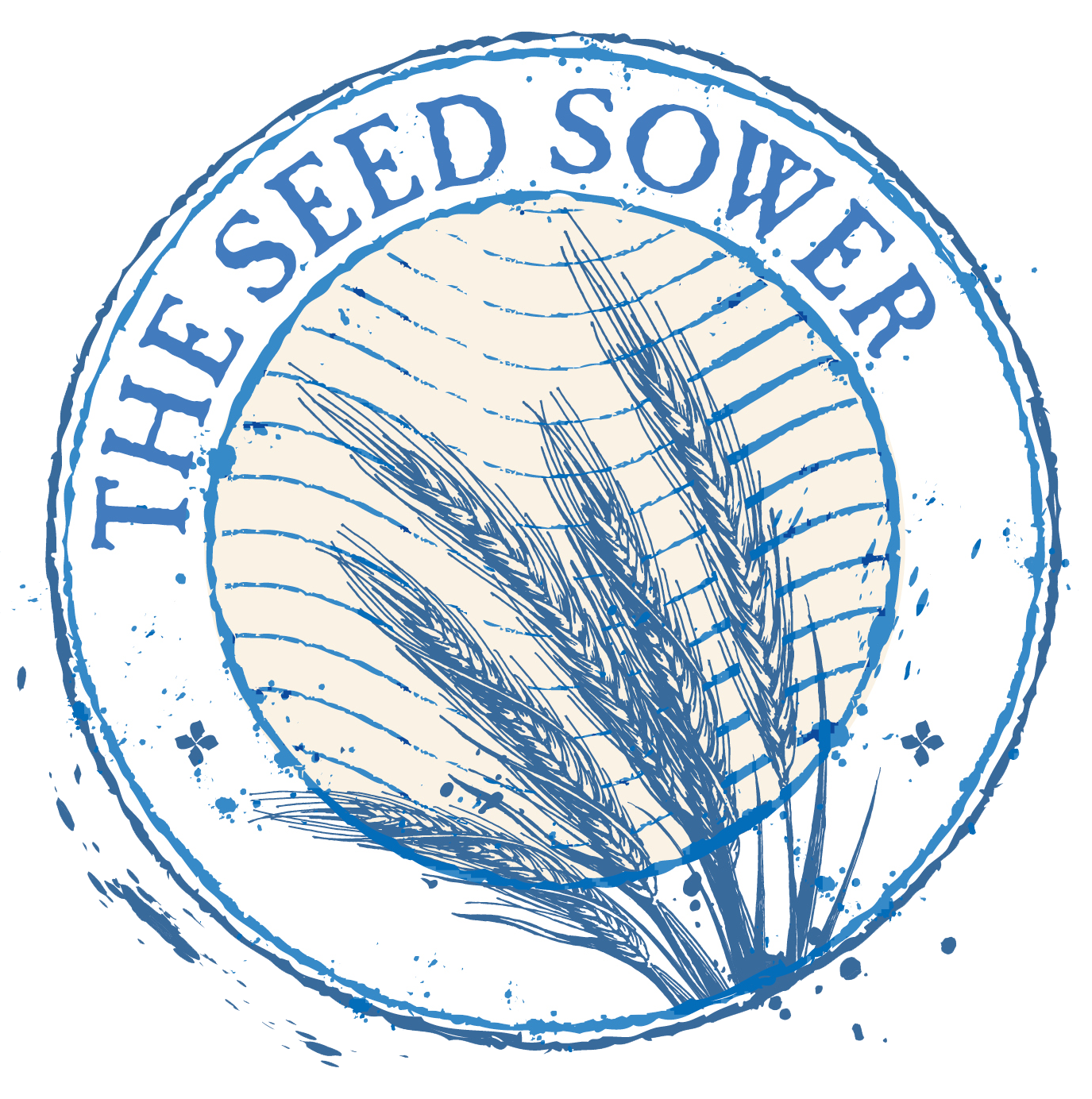A Creative Renaissance?
May 18, 2020
The Dark or Middle Ages refer to a post-Roman time in European history marked by feudalism, wars, squalor, and miserable living conditions. Though historians disagree as to the exact timeline of this period, most conclude that it lasted several hundred years, with some stretching the parameters out to as long as the ten centuries between 500 and 1500 AD. Even the proverbial light at the end of the tunnel that brought down the curtain on this era wasn’t exactly celebratory. The disastrous mortal disease known as the Black Death spread across Europe between 1346 and 1353. It is estimated that as many as 50 million people succumbed to the malady: 60% of the European population!
Tragic and miserable though this time may have been, beneath the surface, a penchant for discovery and curiosity quietly began to marinate. Astronomers began to devise equipment to better gaze at the heavens. Explorers contemplated the idea of foreign lands existing beyond the edge of a flat earth. Writers and philosophers contemplated new ideas and thoughts. Revolutionary thinkers challenged commonly held beliefs based on gains in knowledge and science. By the beginning of the 15th century, a new time of Renaissance launched.
Like the Middle Ages, but more recently, was The Great Depression of less than 90 years ago. The US stock market lost more than 90% of its value over a four year period. By 1933 one out of every four Americans were out of work. Average family income dropped 40%. Around 11,000 banks failed and 300,000 companies went out of business.
Then, right on the heels of and compounding the suffering of the Depression comes further strife and uncertainty: A World War. By its end in 1945, an estimated 70-85 million people will have died; three percent of the world’s population.
In many ways, not too unlike the Renaissance, the time following depression and war marked the onset of what may have been the most creative years of the 20th century, again especially in the US. More people than ever traversed an increasingly sophisticated highway system in smart, aerodynamically efficient modes of transportation. Television overtook radio as a communication medium. Out of the inspiration of Gospel, Jazz, and Rhythm and Blues a new sound of Rock ‘n Roll was heard by teens on radios and jukeboxes across the country. Wartime code breakers, such as Alan Turing, came up with frameworks for that would eventually become the computers we rely on today.
My friends, we have existed in a Covid period now for two or three months. Our comings and goings have been restricted. Before venturing out we consider first necessity and then the possibility of exposure and the need for personal protection. All of us are inconvenienced, some of us are angry, others may be fearful or overwhelmed. Businesses are shuttered, a few of them forever, perhaps. Kids are home from school. Some of our population has been lost to the virus.
Despite aggravations and struggles, what is the chance that we could right now be on the precipice of an enlightened creativity? As a Coach, when working with a client who is considering a career shift, it is a common exercise to ponder the types of activities that person enjoyed as a child. Not so much the usual pursuits such as sports or music lessons, but more what we resourcefully did after lamenting to mom “I’m bored!”
Like the artisans and inventors of bygone eras the most original ideas of our imagination likely often occurred at that intersection. From those days of innocence can often come a new spark that has current application in our days of quarantine and confinement. How about the now homebound sales agent who in their younger days would pick up a guitar and strum a few notes? How might they apply rhythm, harmony, and tempo to the way they conduct sales calls on Zoom? For the elementary age educator who enjoyed collecting marbles. What on line lessons can be created in the areas of math or consumerism illustratively using the rounded orbs? There might be a nurse who as a youngster spent afternoons on end constructing puppets from old socks. How might that bring light to a patient? Who could cast a frown at something so joyful, yet simple?
Apparently my pre-school days were occupied by construction with blocks and a bit of music appreciation. Though I pursued neither architecture nor sound engineering as a profession, maybe the same parallel applies now into helping clients build upon their own creative ideas toward a more positive, self-confident, and harmonious tomorrow.
The Seed Sower



